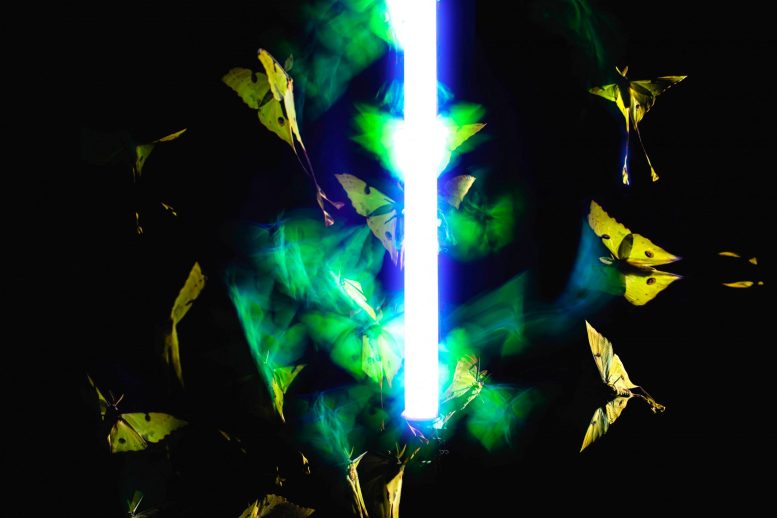
Since humans first began using fire, we’ve wondered why insects seem to have an irresistible attraction to light. With the modern use of electricity, the mystery has taken on new importance, as our lights disrupt insect behavior across the planet. Now, scientists say they’ve figured out why insects are drawn to the flame. Credit: Sam Fabian
Scientists discovered that insects keep their backs to light sources at night, a behavior that suggests artificial lights disrupt their natural navigation. This finding, based on high-speed camera footage, challenges long-held beliefs and highlights the impact of artificial lighting on insect behavior and conservation.
At night in the Costa Rican cloud forest, a small team of international scientists switched on a light and waited. Soon, insects big and small descended out of the darkness. Moths with spots like unblinking eyes on each wing. Shiny armored beetles. Flies. Once, even a praying mantis. Each did the same hypnotic, dizzying dance around the bulb as if attached to it with invisible string.
Excitement spread through the group of researchers, even though this phenomenon was not new to them. The difference is they now have cutting-edge technology and high-speed cameras — capable of capturing the fast, frenzied orbits — to map the hard-to-track movements of hundreds of insects and tease out secrets surrounding why they act so strange around light at night.
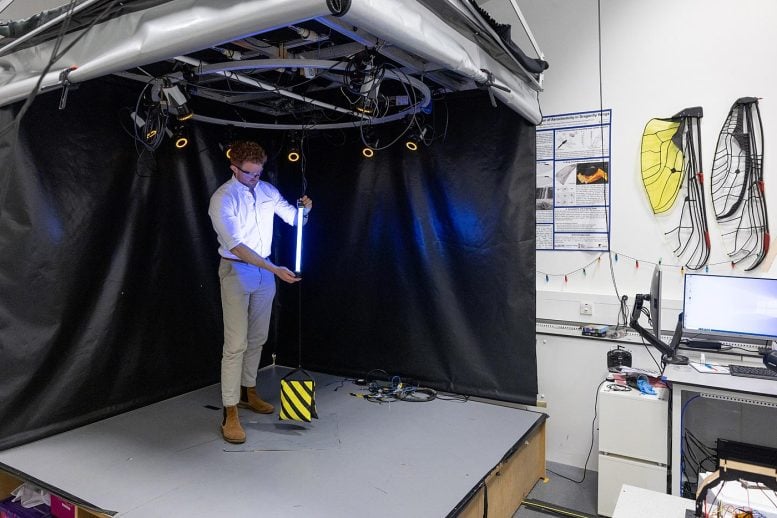
The research project kicked off at Lin’s lab where Fabian works and has a motion capture arena like the kind used in movies — only insect-scale. Credit: Sam Fabian
Unveiling Insect Behavior
A surprising detail surfaced in the data: In flight, the insects kept their backs facing the artificial light source.
“You watch the videos in slow motion and see it happening again and again,” said Yash Sondhi, a recent FIU biological sciences Ph.D. graduate and current postdoctoral researcher at the Florida Museum of Natural History. “Maybe when people notice it, like around their porchlights or a streetlamp, it looks like they are flying straight at it, but that’s not the case.”
This never-before-documented behavior, published in the journal Nature Communications, provides a new explanation and while it confirms light is disruptive to insects, it also offers new insight into this conservation concern.
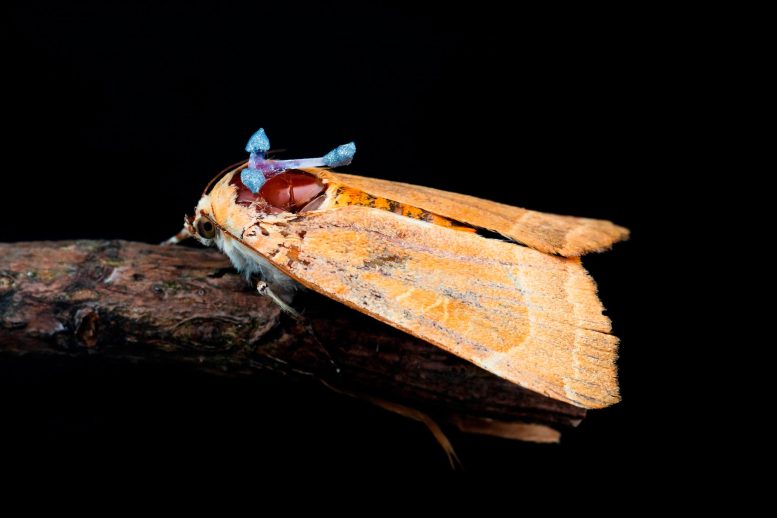
Little markers were affixed in an L-shape along the backs of several moths and dragonflies, so when they flew around light, they were also collecting data on how they rolled and rotated and moved through three-dimensional space. Credit: Sam Fabian
For millions of years, insects have evolved to become masters of flight by relying on the brightest thing they see — the sky. Today, the lit-up world throws their instincts for a loop. Insects think the imposter “sky” they find is the real one and get trapped in an exhausting cycle trying to stay orientated. It’s a futile effort that causes clumsy maneuvers and occasional crashes directly into the light.
Gravity, Flight, and Artificial Light
A good grasp of gravity is mandatory for all animals.
Especially flying ones, like insects that perform feats of flight that can surpass those of human pilots. When flying, they experience such rapid acceleration that their gravity sensing becomes unreliable. They need the sky, even at night, to discern which way is up and cruise along, maintaining control in the air. Artificial light, however, messes with this system.
Sondhi started connecting the dots between insect vision, light, and flight when he joined FIU associate professor of biology Jamie Theobald’s lab in 2017.
The work really got off the ground, though, when he found a group of specialists in the fields of insect flight and sensory systems who were determined to collect and mull over a deluge of 3D flight data to see what, if anything, was revealed.
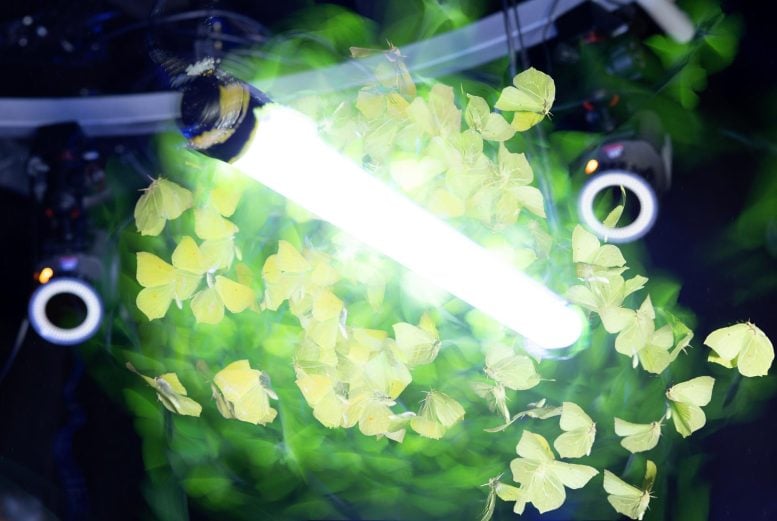
Insects flew in complex revolutions around an artificial light source, keeping their backs to the bulb, which they seem incapable of distinguishing from the night sky. Credit: Sam Fabian
Groundbreaking Discoveries and Future Considerations
That group included Sondhi and Theobald, as well as Sam Fabian and Huai-Ti Lin from the Imperial College London, and Pablo Allen from the Council on International Educational Exchange in Monteverde, Costa Rica.
The research project kicked off at Lin’s lab where Fabian works and has a motion capture arena like the kind used in movies — only insect-scale.
Little markers were affixed in an L-shape along the backs of several moths and dragonflies, so when they flew around light, they were also collecting data on how they rolled and rotated and moved through three-dimensional space.
“On one of the very first experiments, I let a large yellow underwing moth take off from my hand and fly directly over UV bulb and it immediately flipped upside down,” he said. “But we didn’t know then if the behavior we saw and measured in the lab would also be seen in the wild.”
Attaching tracking devices to small insects required patience, dexterity and practice. Credit: Florida Museum photo by Jeff Gage
National Geographic funding helped the team travel to Costa Rica — a country rich with diverse insect life — with their cameras to find out.
In total, they collected more than 477 videos spanning more than 11 insect orders, and then used computer tools to reconstruct the points along 3D flight paths. Together with the motion capture data, the researchers concluded all the species did, in fact, flip upside down when exposed to light, just like the large yellow underwing in the lab.
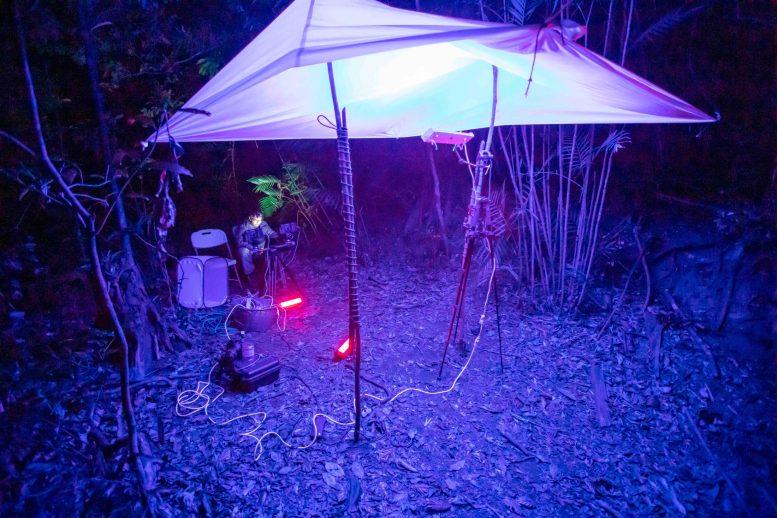
To test their theory in the wild, the team traveled to the Estación Biológica Monteverde in Costa Rica, where they set up lights beneath the canopy of a tropical rainforest. Credit: Yash Sondhi
“This has been a prehistorical question. In the earliest writings, people were noticing this around fire,” Theobald said. “It turns out all our speculations about why it happens have been wrong, so this is definitely the coolest project I’ve been part of.”
While the study confirms light is disruptive to insects, it also suggests light direction matters. The worst is an upward-facing or just a bare bulb. Shrouding or shielding may be key to offsetting negative impacts to insects.
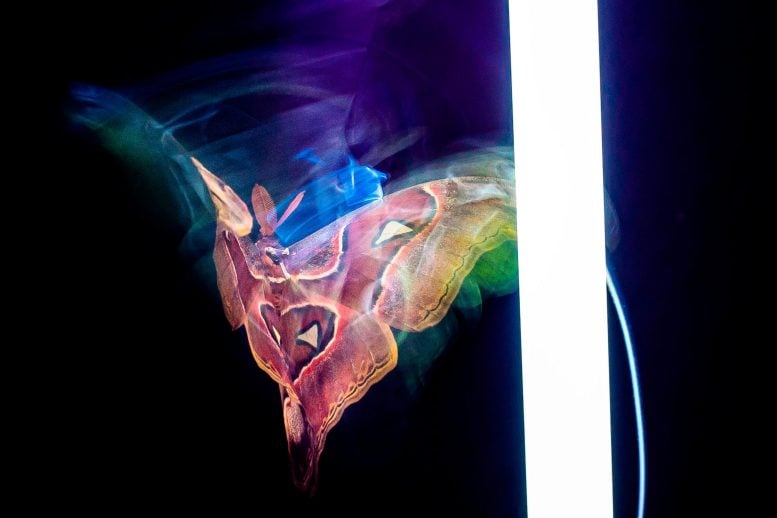
The type of light that’s most disruptive to insects comes from bulbs that are directed upward and those that lack a covering. Shrouding or shielding may be key to offsetting negative impacts to insects. Credit: Sam Fabian
The team is also thinking about light color, like if cool versus warm tones have different impacts. And, of course, the still unexplained mystery surrounding attraction to light — and how it happens in the first place over great distances.
“I’d been told before you can’t ask why questions like this one, that there was no point,” Sondhi said. “But in being persistent and finding the right people, we came up with an answer none of us really thought of, but that’s so important to increasing awareness about how light impacts insect populations and informing changes that can help them out.”
Reference: “Why flying insects gather at artificial light” by Samuel T. Fabian, Yash Sondhi, Pablo E. Allen, Jamie C. Theobald and Huai-Ti Lin, 30 January 2024, Nature Communications.
DOI: 10.1038/s41467-024-44785-3

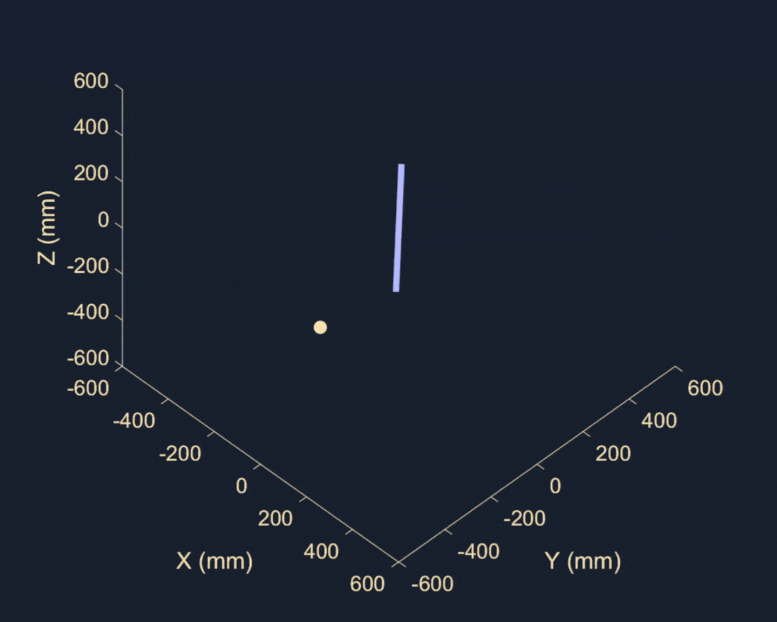







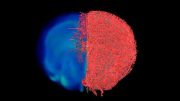
I don’t believe it. What about insects that fly at night? Why would they be using the dark sky above as a means to orient themselves properly to the ground?
I’m confused, I thought this was already the predominant theory?
Why aren’t the insects flying out to the full moon?
I’m confused, this was common knowledge, no? I’ve known for years! This is like the study to show birds use their beaks to climb, jeez! They give money to anyone in science, huh?
Interesting. As a private pilot I’m aware that 178 seconds after flying into a cloud the average pilot will become disoriented and likely crash his aircraft. Visual reference is critical. Even while spinning out of control, the body cannot determine up and down due to the effects of G forces. Instrument rated pilots are trained to trust the instruments because their visual and internal instruments fail them. Other than mosquitoes, you don’t really find many insects flying in total darkness. But turn on a light and they seem to appear out of nowhere. No wonder they splatter on my car windshield, they’re flying upside down!
The better question is, why do deer run into cars? Broad daylight, I’ve had deer run into the side of my car twice. My neighbor owns a body shop. He loves fall and winter. Makes good money on deer strikes. There must be dead deer everywhere from running into trees and rocks. How can they not see a car coming? I’m not talking about you hitting a deer in the road. I’m talking about deer hitting you driving down the road.